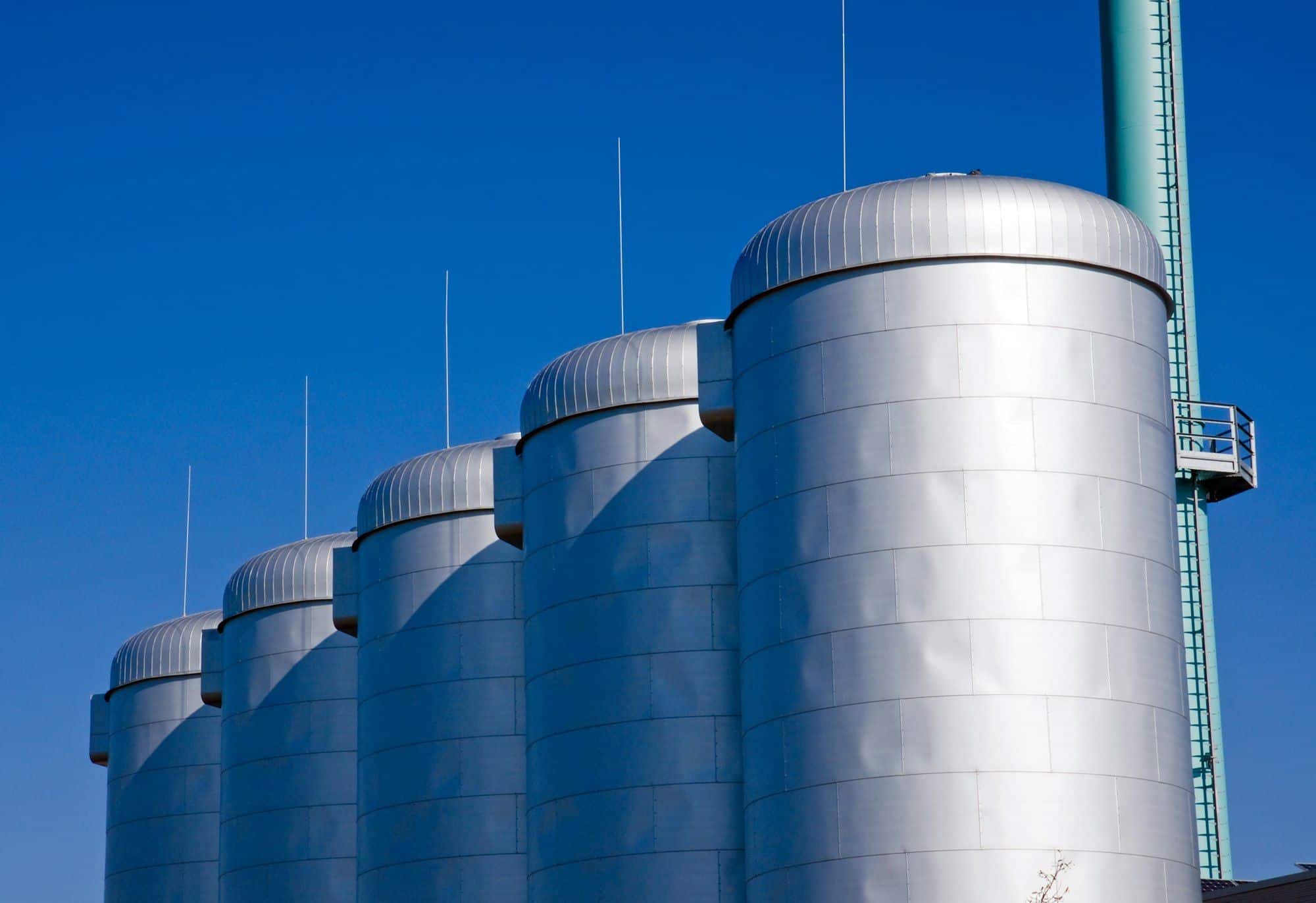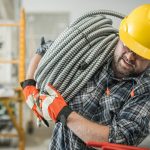For the uninitiated, a carburetor may seem like a complex piece of machinery, but once you’re familiar with its ins and outs, you can perform basic maintenance tasks such as adjusting the pilot screw on your Honda CB500F’s carburetor. This component plays a crucial role in the overall performance of your bike, ensuring that the appropriate ratio of air and fuel mixes before combustion. Understanding the process of adjusting it and adopting the best practices will keep your engine running smoothly for longer periods.
Understanding the Function of a Carburetor
The carburetor has a vital role in the engine’s functioning. It’s the device that mixes air and fuel in an internal combustion engine. It works on the basic principle of air pressure difference: when air moves quickly, it creates low pressure, which draws fuel into the air stream and into the engine.
This might interest you : How do I properly clean and maintain the spokes on a Royal Enfield Himalayan?
An important part of the carburetor is the pilot screw, also known as the idle mixture screw. It adjusts the amount of fuel and air mixture allowed into the engine while at idle speed. The pilot screw is a small screw located on the side of the carb, and it requires careful adjustment for the engine to run at peak performance.
Importance of Proper Pilot Screw Adjustment
Any alteration in the pilot screw setting impacts the idle speed and the engine’s performance. If the screw is set too lean, meaning it allows more air than fuel into the engine, the bike will idle roughly, often resulting in the engine stalling. On the other hand, if the screw is set too rich, meaning it allows more fuel than air, the engine may idle smoothly but will produce black exhaust smoke, signaling that unburned fuel is being expelled.
Topic to read : How can I enhance the audio system quality on my Harley-Davidson Street Glide?
A well-adjusted pilot screw will ensure that your engine idles smoothly, without stalling or producing black smoke. The bike will respond better to throttle changes and be more fuel-efficient.
Adjusting the Pilot Screw on a Honda CB500F
To adjust the pilot screw on a Honda CB500F, you’ll need a screwdriver that fits the head of the pilot screw and a tachometer to monitor the engine’s RPM.
Before you start, make sure the engine is warm as it affects the carburetor’s performance. Start the engine and let it idle for a few minutes.
Turn the pilot screw clockwise until it’s lightly seated, then back out the screw to the stock setting. The stock setting for the Honda CB500F is often between 1 and 2.5 turns out from the lightly seated position.
Slowly turn the pilot screw clockwise until the engine begins to idle roughly. Note this position. Next, turn the screw counterclockwise until the engine again idles roughly. Again, note this position. The correct setting is halfway between these two points.
Consultation with Honda Forums and Posts
Honda forums and posts are a valuable resource to consult when adjusting your Honda CB500F carburetor. Many experienced Honda owners and mechanics often share their expertise and knowledge on these platforms.
Online forums like HondaTwins, CB500F and others host a multitude of threads discussing carburetor adjustment, troubleshooting, and maintenance. Many of these threads cover the specific model of Honda CB500F, making them a useful reference point.
Some posts even include step-by-step guides and images to assist in adjusting your pilot screw. Be sure to cross-reference information gained from these forums with your Honda CB500F owner’s manual to ensure accuracy.
Use of Jet Kits for Carb Adjustment
Jet kits are a popular option for CB500F owners who want to improve their bike’s performance. These kits include various sized jets, needles, and other components that give you the ability to adjust your carburetor’s air-fuel mixture to your precise liking.
However, using a jet kit requires a thorough understanding of carburetors and engines, as incorrect adjustment could lead to poor performance or even engine damage. If you’re unsure about using these kits, it’s best to consult a professional or an experienced member within the Honda bike community.
By following best practices, you can ensure the longevity and performance of your Honda CB500F’s engine. Proper adjustment of the pilot screw is vital for smooth idling and optimal throttle response. Consulting online forums and using jet kits can further assist in adjusting your carburetor. Remember, when in doubt, it’s always wise to seek professional help.
Understanding the Relationship between Jet Kits and Carburetor Performance
Jet kits are a common enhancement for motorbike enthusiasts who wish to optimize their Honda CB500F’s performance. These kits contain different sizes of main jets, pilot jets, needles, and other elements that allow you to fine-tune your carburetor’s fuel-air balance.
Referencing the main jet, it impacts the fuel flow at wide-open throttle (WOT). Meanwhile, the pilot jet influences fuel flow at idle and low speeds. Additionally, the needle height can be modified to affect fuel delivery at mid-range speeds.
The fuel screw and air screw, often included in jet kits, allow you to fine-tune your carburetor. The fuel screw adjusts the air-fuel mixture at idle, while the air screw controls the mixture at higher RPMs. It’s crucial to remember that altering one component can impact others, making it a balancing act of adjustments.
However, using a jet kit isn’t as straightforward as the provided instructions might suggest. It requires a thorough understanding of carburetors, engines, and the relationship between airbox, pilot air, and fuel air. Missteps can lead to long-term engine damage or hamper performance. Therefore, if you’re unsure about using these kits, it’s advisable to consult forum members or professionals experienced in carburetor adjustment.
Conclusion: Ensuring Long-Term Carburetor Efficiency
Optimal adjustment of your Honda CB500F’s carburetor is crucial for maintaining its long-term performance and efficiency. The pilot screw plays a significant role in the overall function of your bike, regulating the air-fuel mixture at idle speeds. Its proper setting guarantees smooth engine idling, effective throttle response, and improved fuel efficiency.
Jet kits present an opportunity for fine-tuning your carburetor’s performance beyond the stock setting. They provide various components, including the main jet, pilot jet, and fuel screw, for precise adjustments. However, utilizing these kits necessitates a solid understanding of the carburetor’s function and mechanisms.
In case of uncertainty, online resources such as Honda forums can be a beneficial starting point for advice from experienced Honda CB500F owners and mechanics. The collective wisdom found in these communities can guide your adjustments and help you avoid common pitfalls.
In conclusion, maintaining your Honda’s carburetor is a delicate process requiring both knowledge and precision. Whether it’s a simple adjustment of the pilot screw or a complete overhaul using a jet kit, Honda owners must make well-informed decisions to ensure their bike’s performance and longevity. Remember, when in doubt, it’s always wise to ask for professional help. Safe riding!












